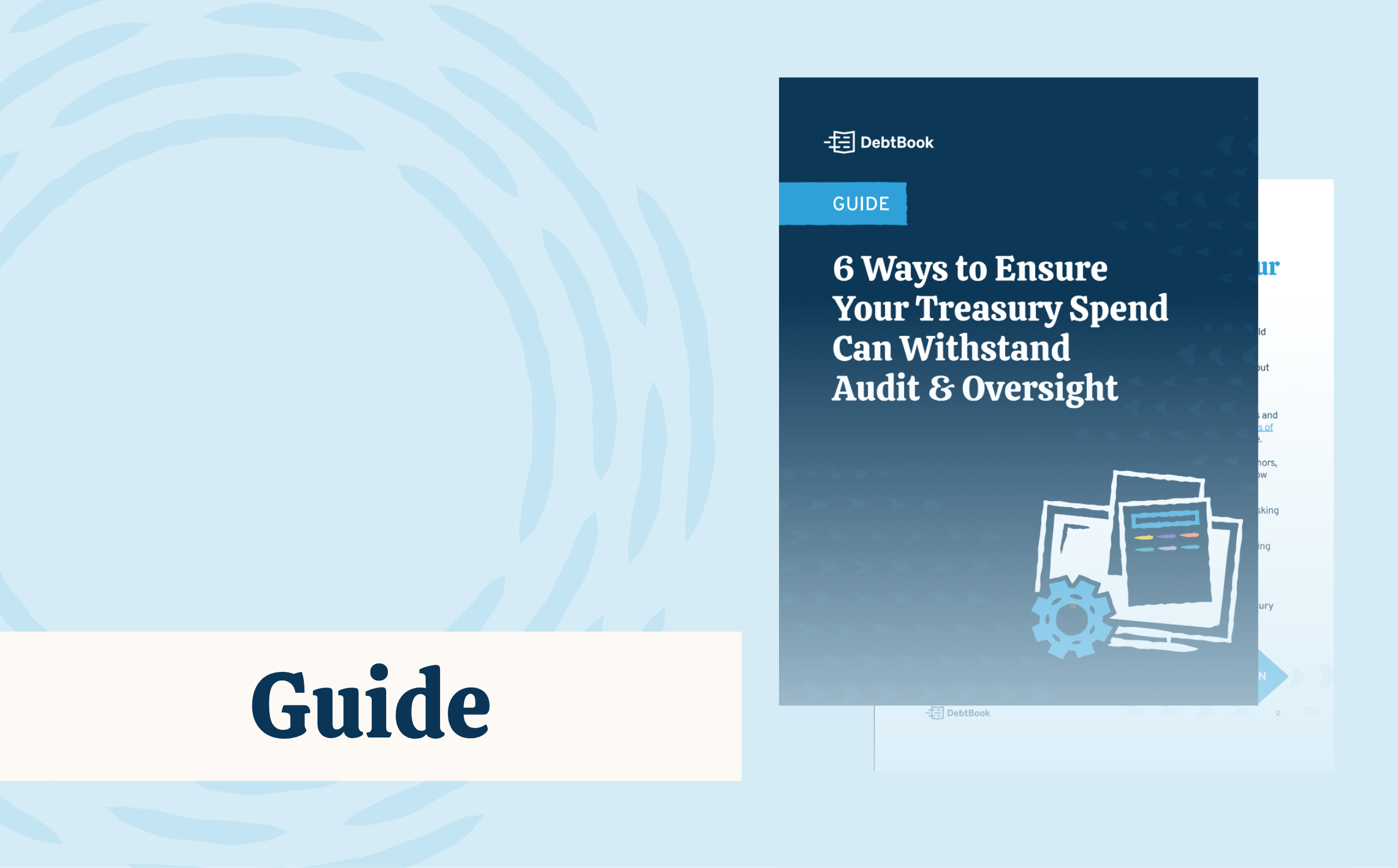Whenever the Government Accounting Standards Board (GASB) issues a new set of standards, it’s important to familiarize yourself with them and understand how they may impact your organization’s day-to-day accounting and financial reporting.
One of the newest standards for lease accounting, GASB 87, changes the way that leases are reported in the financial statements. This shift affects finance teams differently depending on which side of the transaction their organization is on.
As in any financial transaction, there are two parties to a lease: lessors and lessees. A lessor owns the asset(s) in question (such as a vehicle, server, or building) and leases it out to the lessee. Lessees have the right to use the asset, provided they meet the terms spelled out in the lease contract. Because the lessor retains ownership of the asset, custody generally reverts to them at the conclusion of the lease term.
Read ahead to learn about some of the implications of GASB 87 and how to manage these changes moving forward.
Change #1: Lease Classification
Under old GASB standards, leases were categorized as either capital or operating leases, but this classification is no longer relevant under GASB 87. For instance, lease-to-own agreements where ownership was transferred at the end of the lease are now classified as debt. Leases that transfer ownership but have termination options are still classified as leases under GASB 87. Furthermore, a lease with a term of 12 months or less, including extension options regardless of their reasonable certainty of being exercised, is considered a short-term lease and should be expensed.
If your organization has an existing lease portfolio, go ahead and reclassify your leases under the new GASB 87 rules before proceeding. Depending on the size of your organization, this could be a very time-consuming process. Lease management software can significantly ease the workload by helping your finance team collect and track lease obligations, organize and extract data from the documents, and automatically classify the leases.
Change #2: Embedded Leases
It’s not always obvious which contracts are considered to be leases and which are not, but a lease by any other name is still a lease. Under GASB 87 standards, finance terms will want to review all of their contracts because some of them could, in fact, be embedded leases.
An embedded lease can be thought of as a “de facto” lease. When reviewing your documents, look for language that indicates the right to use an underlying asset. Service contracts and data hosting agreements are examples of the types of contracts that could count as embedded leases because they convey the right to obtain the present service capacity of an asset, such as a piece of equipment or server, and the right to determine how the asset is used. Embedded leases are considered leases under GASB 87 for both lessees and lessors.
Change #3: New Instructions for Lessees
Lessees must calculate lease assets and lease liabilities for their lease contracts and record those figures on the face of their financial statements. So, identify the key data points from the contracts, such as the lease term, payment data, and any purchase options.
To determine your lease liability, you will need to calculate the present value of all payments you expect to make within the lease term. To determine your lease asset, add up your lease liability, initial direct costs, and all payments made at or before the commencement of the lease term minus any lease incentives received at or before commencement.
When calculating your lease liability, you will need to use an interest rate, so look for a stated interest rate in your lease contract, or the details needed to calculate the implicit interest rate. Lacking one of those, use your organization’s incremental borrowing rate.
You will reduce the lease liability by the difference between the payment amount and the calculated interest expense. You will also reduce the lease asset value through straight-line amortization over the asset’s useful life or the lease term, whichever is shorter.
Once you have calculated the above amounts, you will record the journal entries to include the lease balances in your financial statements.
Change #4: New Instructions for Lessors
In many cases, state and local governments and related entities are more likely to act as a lessee than a lessor, but it is useful to understand the instructions for both instances.
For the most part, the lessor calculation is similar to the lessee calculation, but there are some subtle differences to know. Instead of calculating lease assets and lease liabilities, lessors will calculate lease receivables and deferred inflows of resources and note those figures on their financial statements. The lessor must continue to depreciate the underlying asset, based on its carrying value as of the lease commencement date.
To determine the lease receivable, calculate the payments you anticipate receiving over the course of the lease term, discounted by the interest rate charged to the lessee. The receivable amount is reduced by the difference between the monthly payments you receive and any calculated interest income during that span.
To determine the deferred inflow of resources, add up your lease receivable and all payments received at or before the commencement of the lease term minus lease incentives you paid the lessee at or before the commencement of the lease term. This amount will be reduced by straight-line recognition of lease revenue over the lease term.
If this process sounds overwhelming, you may want to consider GASB 87 lease management software. These types of software programs help organizations implement and maintain compliance with GASB 87 by automating time-consuming processes and eliminating manual data entry.
DebtBook is a cloud-based debt and lease management solution designed to help local and state governments maintain a single source of truth and easily share accurate and current data, anytime and anywhere. Would you like to learn more? Contact us now to schedule a demo.
Disclaimer: DebtBook does not provide professional services or advice. DebtBook has prepared these materials for general informational and educational purposes, which means we have not tailored the information to your specific circumstances. Please consult your professional advisors before taking action based on any information in these materials. Any use of this information is solely at your own risk.







